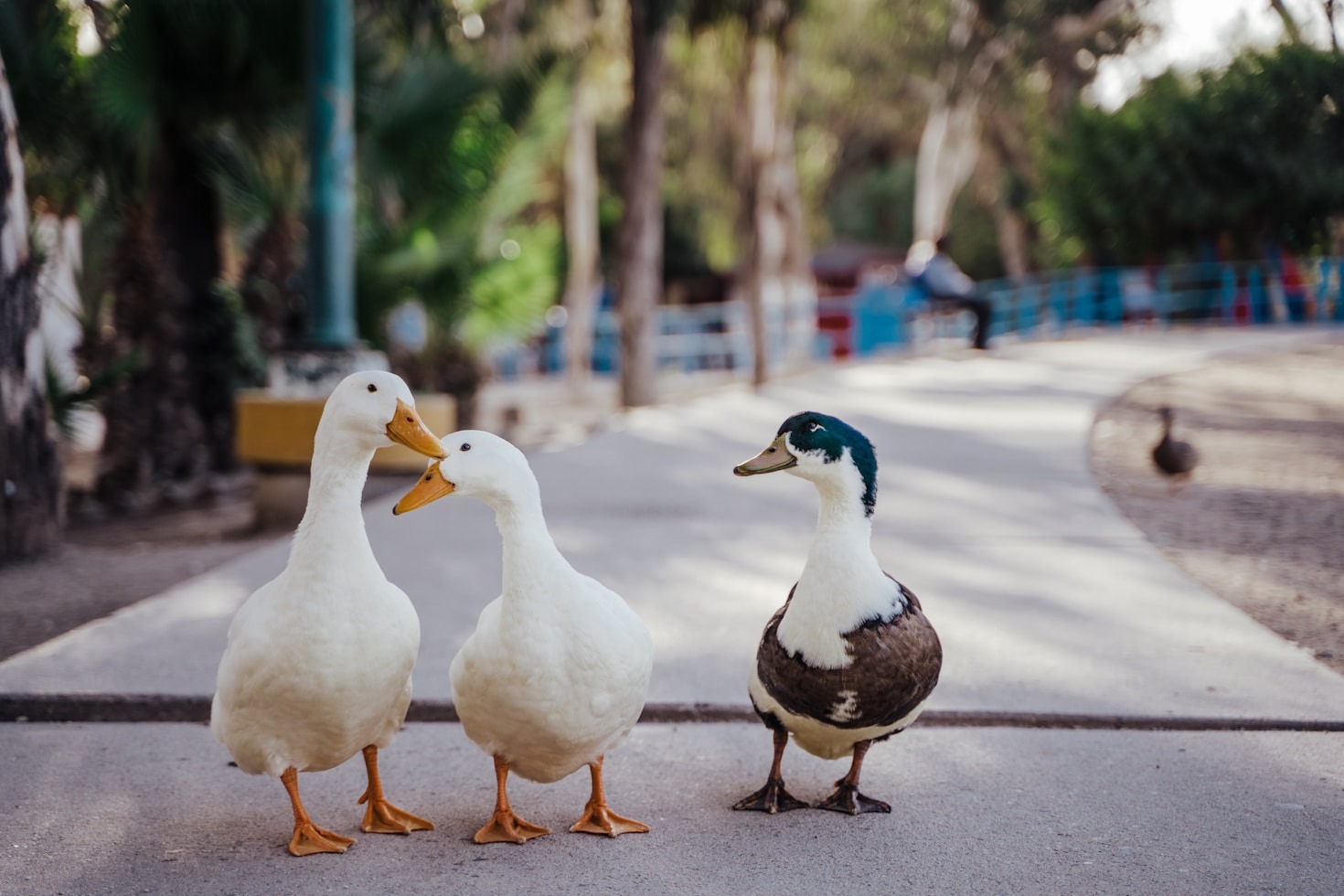The Curious Case of Easter Eggs

Every spring, as daffodils bloom and chocolate eggs appear in every shop window, we start hunting for Easter eggs. But have you ever stopped to wonder why we associate eggs—especially brightly coloured ones—with Easter? And if you’re a fan of feathered friends like us here at MallardMunch, you might also ask: could ducks, not just chickens, have a hidden role in these eggy traditions?
Let’s dive (waddle?) into the story.
🌱 Ancient Roots of an Eggy Tradition
Long before Easter became a Christian celebration, spring festivals honoured the return of life and light after winter. In many cultures, eggs symbolised rebirth, fertility, and the cycle of nature—an obvious choice when everything around you is starting to sprout, bloom, and hatch.
The Anglo-Saxons, for instance, held festivals in honour of Eostre, a goddess of spring and fertility. It’s widely believed that the name ‘Easter’ comes from her. Eggs, in this context, weren’t chocolate—they were real ones, possibly decorated with natural dyes from plants, berries, or even duckweed.
🦆 Enter the Ducks: A Natural Symbol of Spring
Now, we all know chickens tend to hog the limelight when it comes to eggs, but let’s take a moment to appreciate our beautiful, bashful mallards. Come springtime, mallard ducks begin nesting, laying their pale greenish-buff eggs in well-hidden spots near water or under shrubbery.
Mallards typically lay 8 to 13 eggs per clutch—nature’s very own Easter bounty. If you’re lucky, you might spot a duck disappearing into a hedgerow around March or April, only to re-emerge weeks later with a trail of ducklings in tow. This magical moment of hatching and new life mirrors the themes of resurrection and renewal that underpin the Easter story.
So while we may not decorate real mallard eggs (they’re too precious to disturb), they are part of the reason spring feels so alive.
🥚 Why Paint and Hide Eggs?
The Christian tradition of egg symbolism came later, with eggs representing the resurrection of Jesus—sealed away like the tomb, then “cracked open” to reveal new life. During Lent, eating eggs was banned, so when Easter arrived, people had plenty of spare eggs to boil, dye, and feast on.
In Eastern Europe, eggs were intricately decorated in rich colours and patterns—a tradition that continues in Ukrainian pysanky. And here’s where ducks might have entered the fray again: before industrial farming, households often kept mixed flocks of poultry, including ducks. Duck eggs—slightly larger, richer in taste, and often more colourful—would have been prized offerings.
And don’t forget, their natural variation made them ideal for dyeing and decoration!
🦆 A Duck Egg Renaissance?
In recent years, duck eggs have been making a bit of a comeback. Rich in nutrients and flavour, they’re perfect for baking, and their larger size means a more satisfying eggy treat.
So perhaps this Easter, instead of the usual chicken egg omelette, you could celebrate with a duck egg quiche—or better yet, a walk by the river to spot a nesting mallard. Just remember to keep your distance and give her the peace and quiet she needs.
🐣 Final Thought: Let’s Honour All the Spring Layers
This Easter, as you tuck into your chocolate eggs or watch children gleefully hunt for hidden treasures, spare a thought for the humble mallard. She’s out there quietly nurturing the next generation, adding her own (uncredited) eggs to the tapestry of spring.
If anything, she’s the real symbol of rebirth—graceful, devoted, and ever-returning with the season.